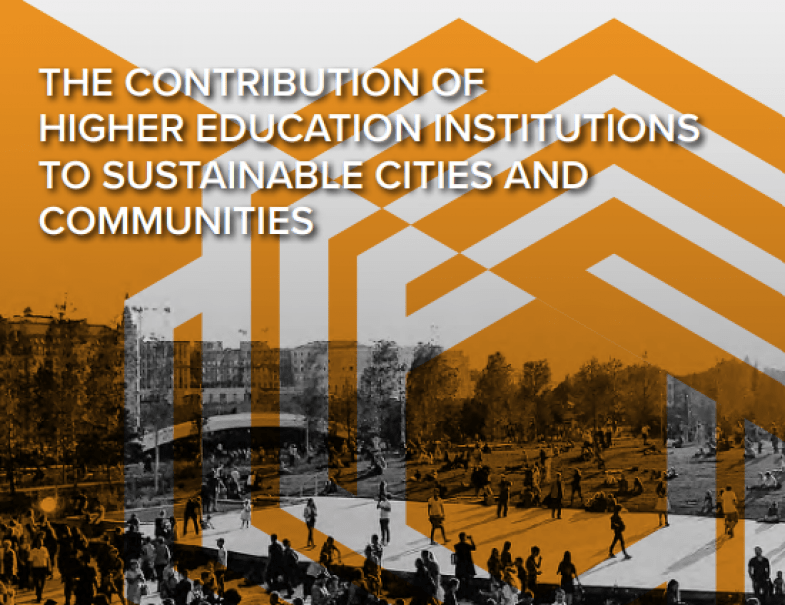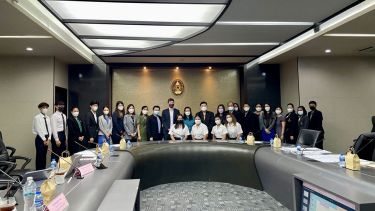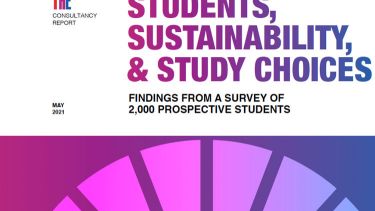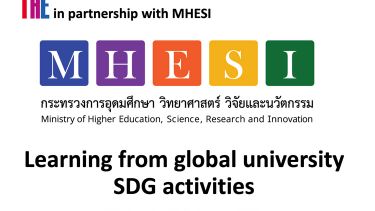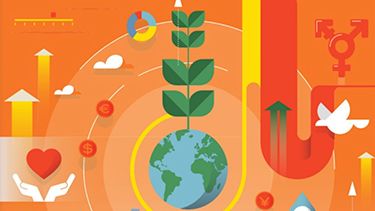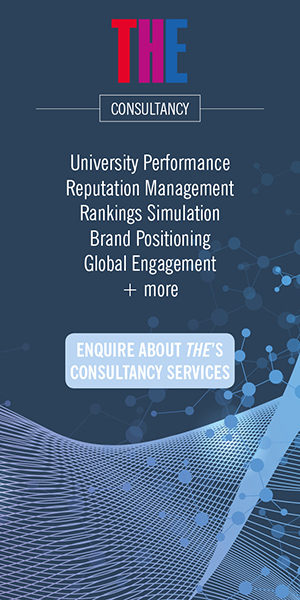Times Higher Education and UNESCO-IESALC have produced a report exploring what higher education institutions are doing to meet SDG 11 – sustainable cities and communities
Today, more than 80% of the global GDP is generated in cities and, by 2050, 68% of the world population is expected to live in cities, which will increase the demand for resources as well as services and infrastructure. This higher pressure on resources will also have an environmental and social impact, underpinning the vital role cities play in the pursuit of sustainable development.
The United Nations’ Sustainable Development Goal (SDG) 11 – Sustainable cities and communities – calls for more inclusive, safe, resilient and sustainable cities and human settlements. This requires intelligent urban planning that facilitates opportunities for all, with access to basic services, energy, housing, transportation and green public spaces, while reducing disaster risks as well as resource use and environmental impact.
Higher Education Institutions (HEIs), such as universities, can play an important role by collaborating with governments, local stakeholders and citizens to tackle these issues. HEIs can do so by providing human capital, capacity building, research, innovation, enterprises, infrastructure and specialized services, amongst other engagement activities.
The report The Contribution of Higher Education Institutions to Sustainable Cities and Communities examines how HEIs across the globe are contributing towards SDG 11 from different perspectives which are leading on this work in their respective regions.
It includes a review of the government policy contexts that affect HEIs in their efforts to contribute to SDG11 and a review of initiatives that HEIs can do to contribute to SDG11, ranging from strategies to supporting mechanisms or activities, along with the analysis of quantitative indicators on how a sample of universities around the world are performing in this area.
This is complemented by four good practice cases of HEIs worldwide. The report concludes with key insights and recommendations for HEIs and policymakers.
Contact the Times Higher Education Consultancy team for more information about how it provides strategic, data-driven guidance to universities and governments globally.
